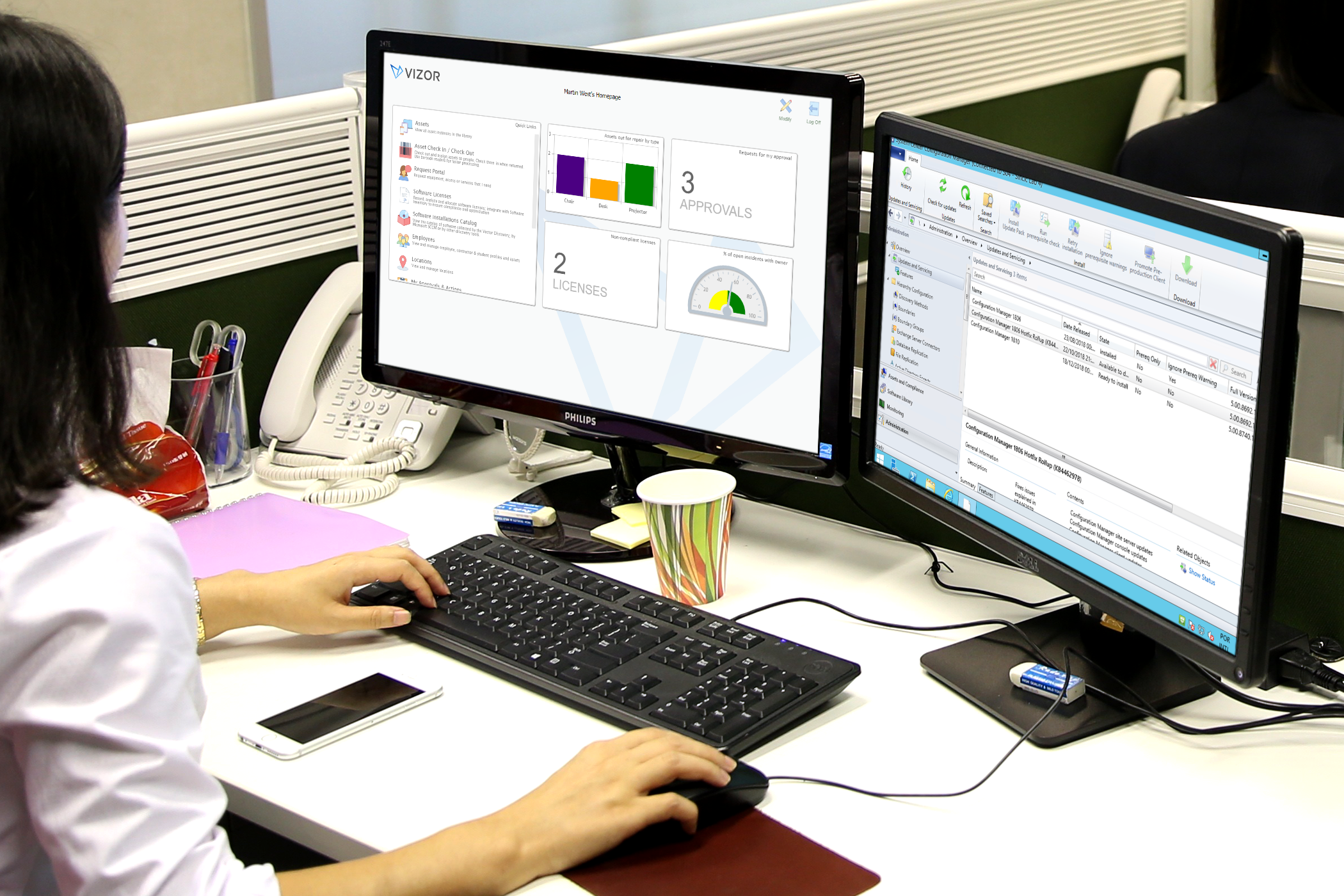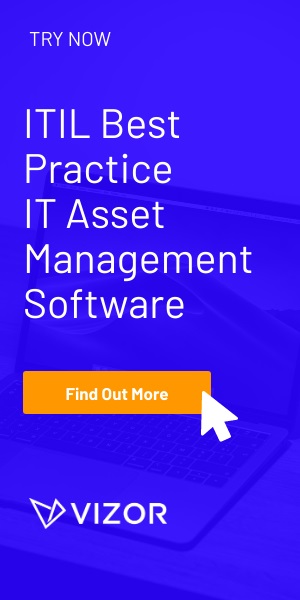4 IT Asset Management “Best Practices” for Extending Microsoft SCCM
Microsoft Configuration Manager (previously System Center Configuration Manager, SCCM or ConfigMgr to friends) is widely used by organizations to collect inventory data about their hardware and software assets. However, for organizations requiring complete IT asset lifecycle management, standard SCCM functionality is insufficient. SCCM is a goldmine of IT inventory and configuration data, but utilizing it for asset management may seem daunting. We’ve put together a short list of the best practices for management of IT assets from SCCM data.
1. Make sure your data is not stuck, or “siloed”, in SCCM.
This seemingly obviously first step is often overlooked since SCCM is seen as an IT tool. However, the practice opens many unforeseen opportunities for departments and managers across the organization, which ultimately feeds back to IT benefits. Freeing SCCM data using a web-based multi-tenant IT asset management system such as Vizor ensures data can be utilized for important tasks beyond the confinements of the IT department, such as HR, procurement and security.
2. Normalize your software inventory.
A good second step is to become familiar with the process of normalization. This transforms the raw inventory data collected by SCCM into usable information. How? Normalization can group software in your system into versions, meaning multiple editions of the same software (MS Office 2010, 2013, 2016) can be identified with a single license. The same goes for “garbage” or useless version such as 1.01, 1.02, 1.03, etc. In addition, normalization enables useful categorization where new software entered in the system can fall into a specific group based on properties. For instance, Adobe Photoshop, InDesign and Illustrator can all be mapped into an Adobe Creative Cloud group for easy classification.
3. Use an asset request portal.
Vizor offers a self-service asset request portal, which hosts a multitude of benefits. The portal eliminates overspending and saves time by ensuring that end users are only requesting the assets and software that they need, when they need them; these assets also go through a multi-layered process to receive approval before deployment. An asset request portal also eliminates shadow IT, an issue that arises when end users sign up for cloud services without IT authorization. Using the portal, employees can be confident that no time will be wasted in the authorization of their request, and managers can remain compliant and have a simple system ready to go for approvals.
4. Automate asset onboarding & allocation.
IT asset data from SCCM can easily be assigned with a few strategies in place. An asset allocation system is an easy way to know exactly ‘who has what’ by assigning rules to each asset that dictate which employee or location it should go to. As well, automating the provisioning process based on role requirements ensures that new employees receive the assets and software they need instantly upon onboarding in your system. Vizor can accomplish both tasks with asset allocation automation and role-based provisioning functionality.
Struggling to manage IT Assets in MS ConfigMgr?






